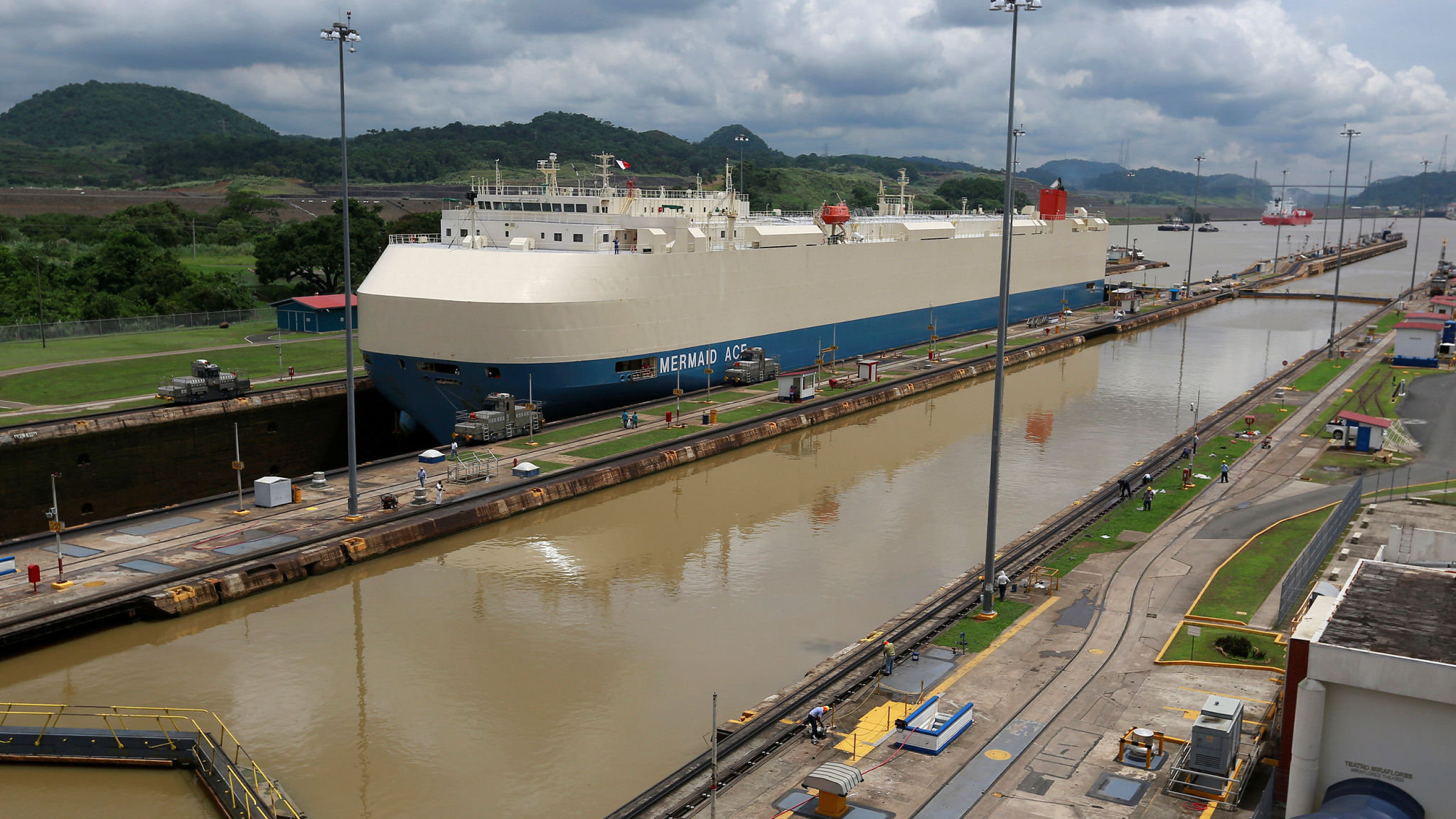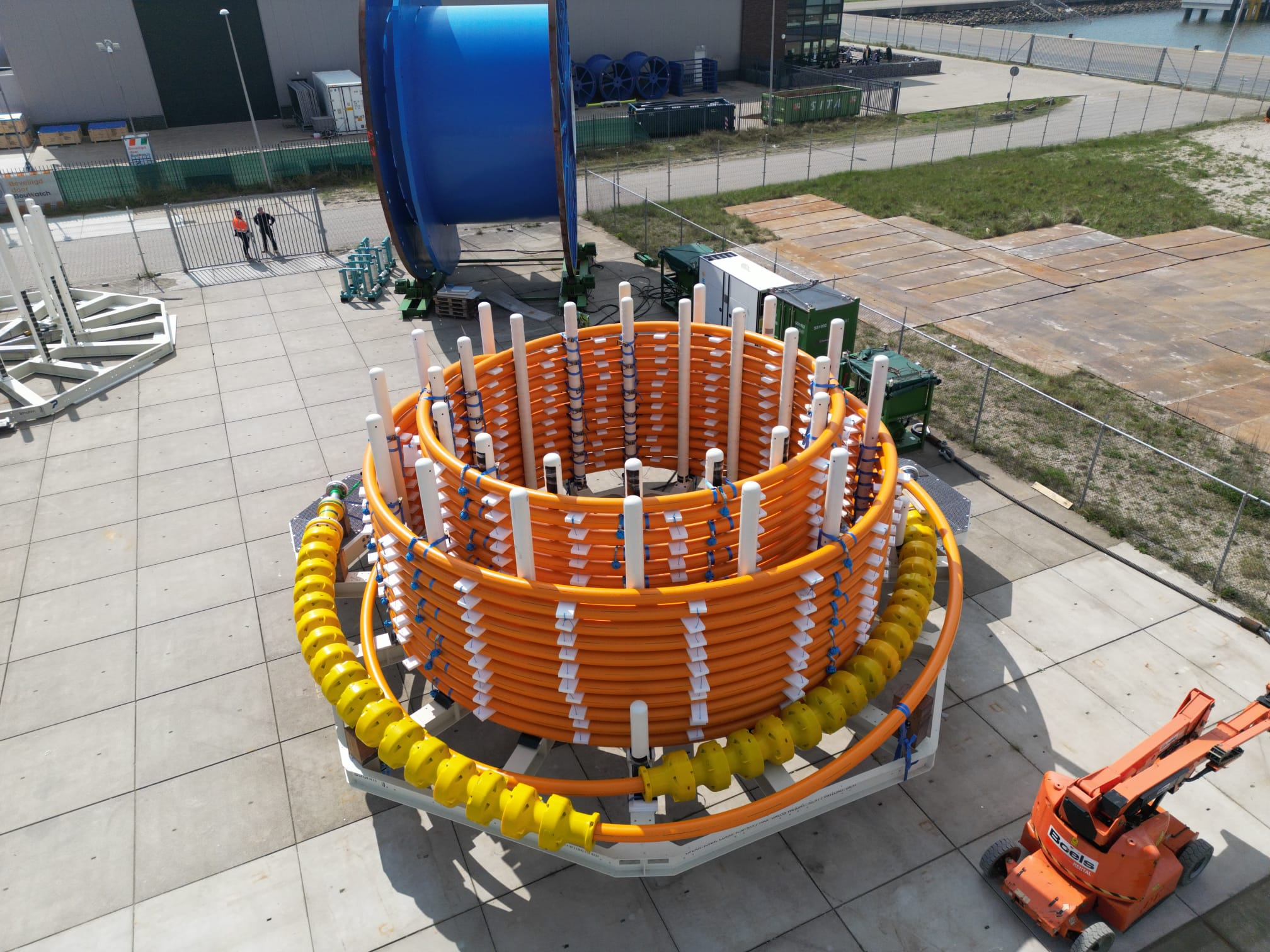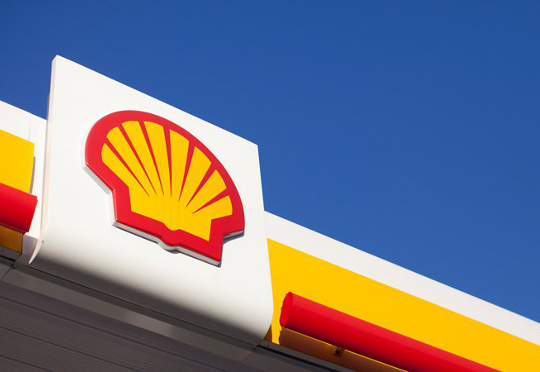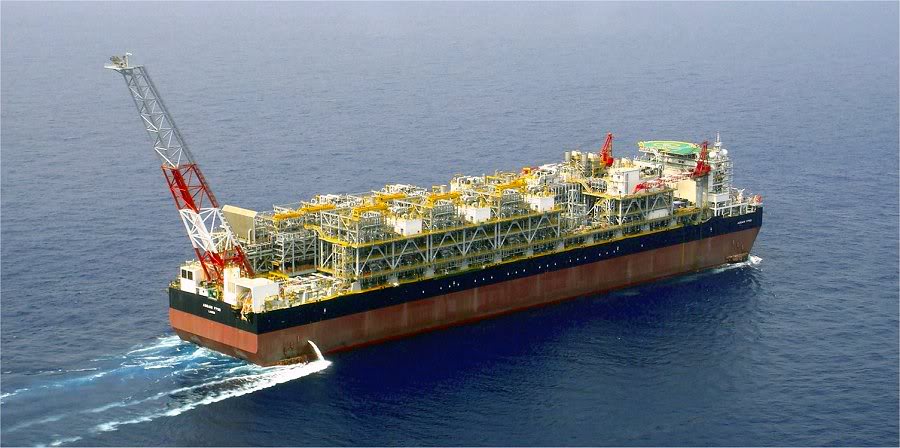(International Energy Agency, 18.Oct.2024) — The strong momentum behind LNG project development continued in 2024 even with no US projects reaching final investment decision
Since Russia’s full-scale invasion of Ukraine, over 150 bcm per year of LNG liquefaction capacity has been approved. The United States alone accounted for 75% of the liquefaction capacity approved between 2022 and 2023. The strong momentum behind LNG project development continued in Q1-Q3 2024, with just over 45 Bcm per year of LNG liquefaction capacity receiving approval, including Qatar’s North Field West project.
In contrast, no US LNG project has reached final investment decision (FID) since Jan. 2024 following the introduction of a temporary pause on pending decisions for exports of LNG to countries that do not have free trade agreements with the United States. The Middle East was the driving force behind LNG project approvals globally in 2024, led by Qatar, the United Arab Emirates and Oman.
LNG shipping constraints emerged along key routes in 2024, with notable implications for global LNG trade. LNG shipping has practically dried up along the Red Sea since the beginning of 2024 due to rising security concerns amid the attacks by Houthis on commercial ships. The Panama Canal continued to face droughts in Q1, leading to restrictions on ship transits and increased congestion. While these events did not lead to a decline in LNG supply, they highlight the potential vulnerabilities of LNG trade in an increasingly interconnected global gas market.
Shipping routes: At the crossroads of natural gas supply security
LNG shipping faced unprecedented logistical challenges in 2024 as low water levels in the Panama Canal and militant attacks near the Suez Canal imposed severe limitations on LNG flows through both major arteries of global LNG trade simultaneously. Although these bottlenecks have not led to major market dislocations or LNG trade disruptions so far, the risks to LNG shipping logistics have clearly increased.
The Panama Canal, which depends on sufficient rainfall and high water levels in Gatun Lake, was forced to reduce the number of daily transits during a severe drought that started in 2023 and continued into 2024. These restrictions initially caused major delays for all types of commodities, including LNG cargoes. The total number of vessels waiting to cross reached an all-time high of 163 (and waiting times reaching 21 days) in August 2023. By early 2024 LNG transits through the Panama Canal had almost completely dried up, and only started to recover slowly during the second and third quarters. In August 2024 the Panama Canal Authority eased some of the transit restrictions thanks to rising water levels at Gatun Lake and increased the number of booking slots available for LNG vessels to three slots per day from two previously. This was complemented by other measures to enhance transit operations. However, despite this increase in transit capacity for LNG tankers through the Panama Canal, actual LNG transits in August 2024 were still some 70% lower than a year earlier.
The Suez Canal, meanwhile, has been rendered nearly impassable by the worsening security situation in the Middle East since the beginning of 2024. Indiscriminate attacks on commercial vessels by Houthi rebels on the Red Sea forced shipping operators, including LNG tankers, to avoid the Suez Canal altogether, with only a few exceptions. LNG transits via the Suez Canal decreased by almost 90% y-o-y for the period covering Jan. to Sep. Most of the remaining crossings in 2024 involved LNG vessels discharging at Aqaba in Jordan or Ain Sukhna in Egypt, thus avoiding crossing the Red Sea. However, a small number of ballast LNG vessels from Asia did manage to cross the Red Sea and pass through the Suez Canal on their way to Arctic LNG 2 and Murmansk in Russia.
This simultaneous disruption on the Panama and Suez canals forced LNG carriers to reroute around the Cape of Good Hope, which, in turn, saw an unprecedented spike in LNG transits. During the first eight months of 2024, laden LNG circumnavigations increased nearly fivefold y-o-y, adding to transit times and operational costs. Due to the longer shipping routes, LNG ton-mile demand increased by an estimated 11% during the first seven months of 2024, while LNG trade growth was virtually flat over the same period.
However, the LNG shipping fleet has been able to accommodate the increased ton-mile demand with little difficulty so far and hence limited the impact on LNG trade flows.
Despite the ongoing shipping constraints via the Panama Canal and the Red Sea, spot LNG charter rates, which represent only a small fraction of the global LNG shipping market, have remained steady throughout this year and well below 2023 levels, with quarterly averages 30% to 40% down from last year’s levels. For example, the day rate for two-stroke LNG carriers in the Atlantic stands on average at USD 73 000 in Q3 2024, compared with more than USD 125 000 in Q3 2023. The Pacific and Atlantic LNG shipping spot markets seem to have found a new equilibrium, indicating a sufficient number of LNG vessels available in both basins, further facilitated by commercial swaps.
Considering the current order book, the LNG carrier fleet is set to grow considerably over the next few years. This is in line with orders for newbuild ships, which are intended to meet the future needs of new LNG liquefaction projects, particularly in Qatar and the United States, and to replace older ships with more efficient and lower-emission vessels. Delays at LNG production facilities, such as those already announced at Golden Pass in the United States, could result in a fleet of LNG carriers that is larger than is required for the world’s transport needs in 2025.
The remarkable ability of the LNG carrier fleet to adapt flexibly and without a dramatic price response to a dual disruption in shipping logistics should not lead to complacency. The substantial lengthening of journey times due to the canal constraints means that LNG importers are more exposed to sudden price spikes and temporary fuel shortages in the event of unexpected demand shocks, such as the January 2021 cold spell in Northeast Asia.
The geopolitical turmoil in the Middle East may also escalate and spread to other LNG shipping routes. Any disruption of LNG flows through the Strait of Hormuz, which accounts for more than 20% of global LNG transits, could easily trigger another global energy crisis, although the likelihood of a sustained blockade remains fairly low.
____________________



